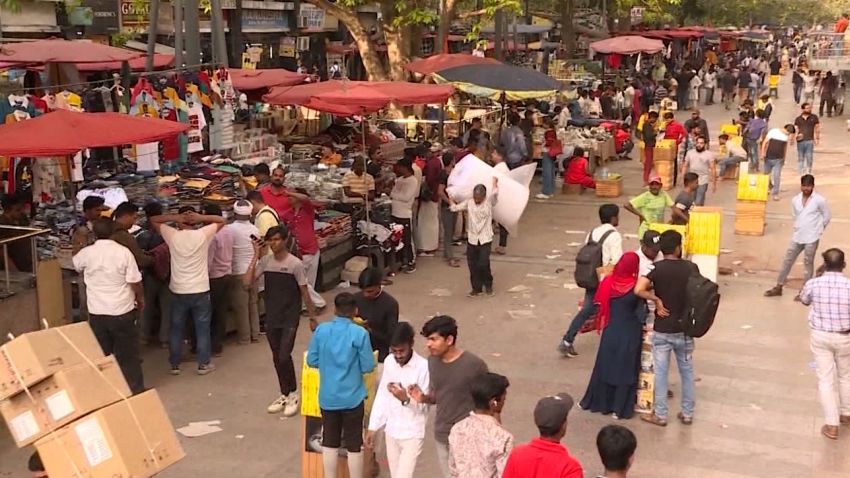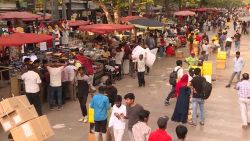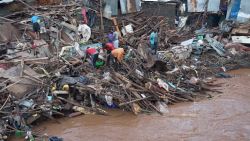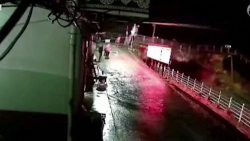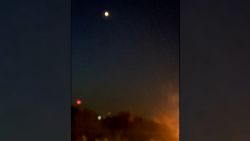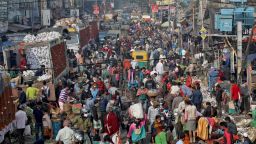A controversial cartoon struck a nerve in India as the country of 1.4 billion surpassed China to become the world’s most populous nation, highlighting sensitivities to what critics say are outdated stereotypes perpetuated by Western media.
The illustration, published last month in German news magazine Der Spiegel, shows a throng of jubilant Indians on an old and overcrowded locomotive – many standing on the roof – as it overtakes a sleek Chinese bullet train.
“The Western World prefers to depict India as poor and struggling,” Indian lawmaker Vijayasai Reddy wrote on Twitter, adding the cartoon was in “bad taste.”
Other accusations went further.
“Hi Germany, this is outrageously racist,” Kanchan Gupta, senior adviser to India’s information and broadcasting ministry, wrote on Twitter.
In the years following India’s independence from Britain in 1947, the country became synonymous with underdevelopment. Average life expectancy at the time was just 37 for men and 36 for women – and only 12% of Indians were literate. The country’s GDP was just $20 billion, according to scholars.
But more than three quarters of a century later, critics of the Der Spiegel cartoon say it is unfair to view India through the lens of poverty.
India’s nearly $3 trillion economy is now the world’s fifth largest and among its fastest growing. The World Bank has promoted India from low-income to middle-income status – a bracket that denotes a gross national income per capita of between $1,036 and $12,535.
Literacy rates have increased to 74% for men and 65% for women and average life expectancy is now 70.
Last weekend, India overtook China to become the world’s most populous country, according to United Nations projections, a seismic change in global demographics that coincides with growing confidence in the world’s largest democracy.
India’s so-called “demographic dividend,” the potential economic growth arising from a large working-age population is augmented by the country’s vast consumer market and a pool of affordable labor that’s attracting global investors.
The International Monetary Fund expects the South Asian nation to outperform all major emerging and advanced economies this year, logging GDP growth of 5.9%. By comparison, the German and British economies are expected to stagnate, while the United States is expected to grow only 1.6%.
Rajeev Chandrasekhar, minister for electronics and information technology, said it was “not smart to bet against India” under Prime Minister Narendra Modi.
“In a few years India’s economy will be bigger than Germany’s,” he wrote on Twitter.
In a statement to CNN, cartoonist Patrick Chappatte said he was taken aback that his illustration in Der Spiegel had become “a geopolitical issue.”
“I was surprised that government officials of such a great country would take a cartoon so seriously, and start stirring people’s emotions,” he said. “A lot of the backlash echoed resentment against the West, a sentiment I can understand – the double standard of Western policies is something I have made cartoons about.”
Chappatte added that he intended his cartoon to be “good humored” and “sympathetic towards India.”
“If you look closely at it, you will notice, as many of my friends in India have, that their unlikely convoy is bursting with youth and energy – and most importantly, it is winning the race!” he said.
CNN has reached out to Der Spiegel for comment.
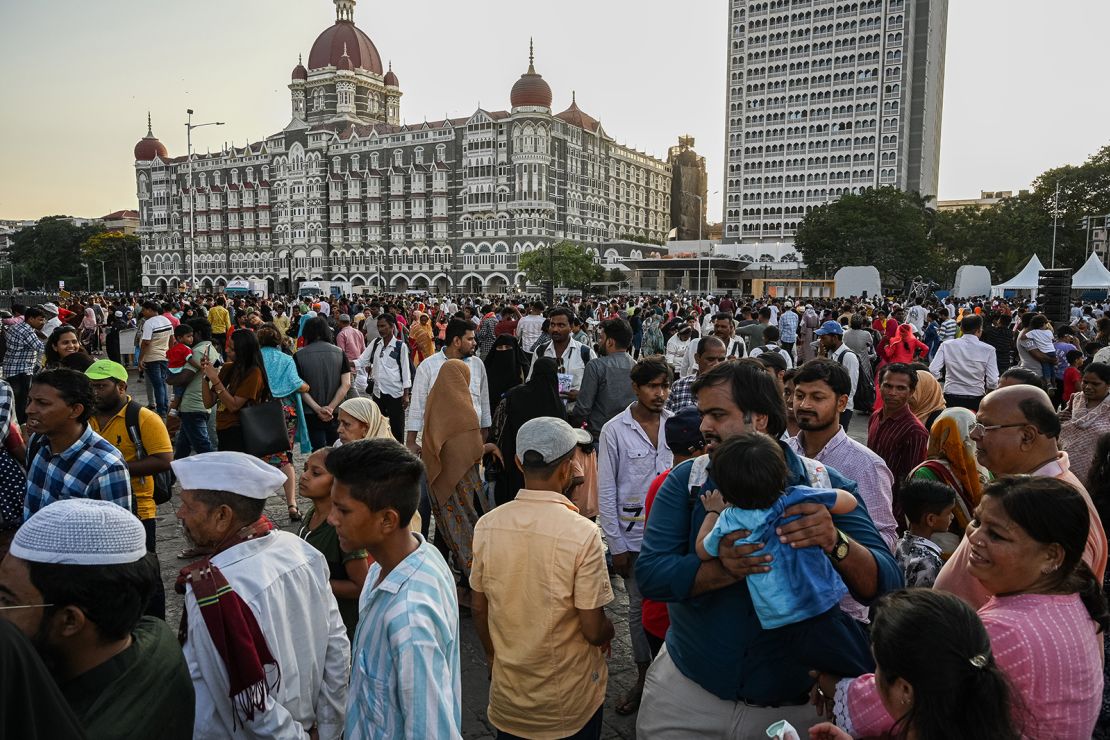
‘Suck up to China’
The Der Spiegel cartoon “plays with very old fashioned clichés,” Germany’s ambassador to India, Philipp Ackermann, told Indian news agency ANI.
“I would like to invite this cartoonist to come on a metro ride with me in Delhi. Delhi has a metro which is so state of the art,” he said.
Unlike the capital’s subway system, however, not all of India’s vast railway network is modern.
Many trains in the country are decades old and dirty, while the tracks need revamping. Rattling journeys between major cities can often be slow, arduous and unsafe. In financial capital Mumbai, seeing local trains overflowing with people – some even perched precariously on the top – is not uncommon.
That stands in great contrast to China, which since the turn of the century has constructed the world’s most extensive high-speed rail network at breakneck speed.
China has built about 26,000 miles (42,000 kilometers) of dedicated high-speed railways since 2008 and plans to top 43,000 miles (70,000 kilometers) by 2035.
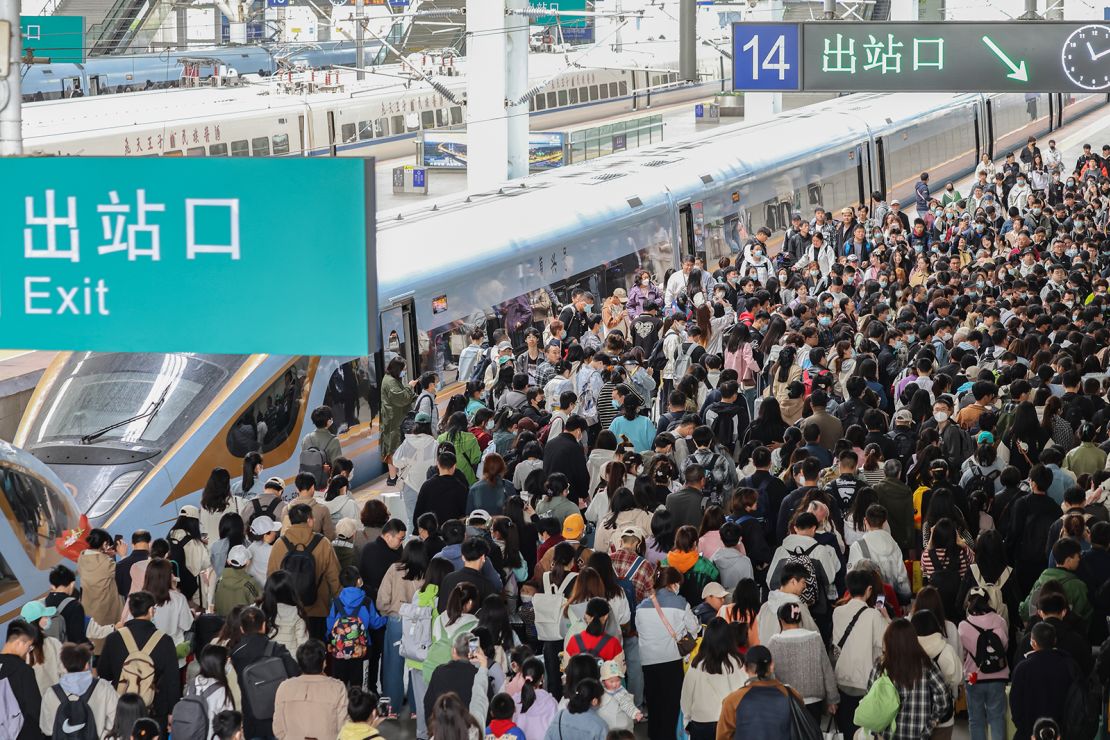
The cartoon’s unfavorable comparison of India to China particularly rankled some critics.
Tensions between the two nuclear-armed neighbors have deteriorated after a violent stand-off claimed the lives of multiple soldiers on both sides of their contested border in 2020. In recent years, India has been growing increasingly closer to the West to counter China’s rise.
“Der Spiegel caricaturing India in this manner has no resemblance to reality,” Gupta, the senior government adviser wrote on Twitter. “Purpose is to show India down and suck up to China.”
While India’s infrastructure still remains far behind that of its neighbor, New Delhi is working on upgrading trains, roads and airports in a bid to catch up.
Prime Minister Modi in 2021 pledged $1 trillion to create jobs for hundreds of thousands of young Indians and boost the economy. Earlier this year, the government opened the first section of a 1,386-kilometer (861 mile) expressway linking New Delhi to Mumbai. The country is also planning to open the world’s highest railway bridge sometime soon, though the exact date is unknown.
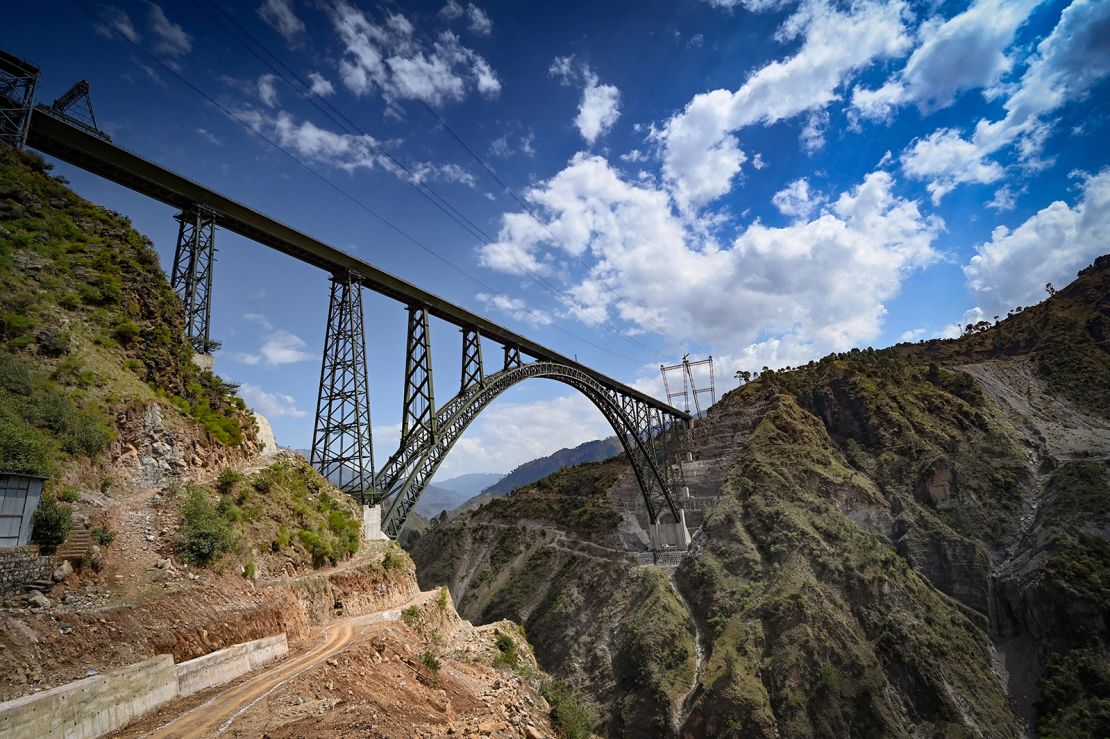
‘Harmless commentary’
Along with a bright economic outlook, nationalist sentiment has risen in India since Modi – whose Bharatiya Janata Party (BJP) is strongly aligned with conservative Hinduism – came to power in 2014.
Some BJP ministers have in the past come under fire for calling out news outlets that have been critical of India, raising fears of censorship and diminishing press freedoms.
In 2021, right-wing activists and politicians even called for the arrest of a comedian who addressed some of India’s most sensitive issues in a powerful monologue, leading some to accuse them of stoking nationalist rhetoric.
“Orchestrated outrage is not uncommon in any nationalistic society,” said. E.P. Unny, chief political cartoonist at the Indian Express newspaper. “My problem with the cartoon is that it is bad journalism, not remotely factual.”
Der Spiegel’s illustration “is a lazy cartoon that showcases a time-frozen cliché on India,” he said.
And it’s not the first time a political cartoon has ruffled feathers in India.
In 2014, a New York Times cartoon showed an Indian farmer with a cow knocking at the door of the “Elite Space Club,” after India’s Mars Orbiter Mission successfully entered Mars’ orbit.
The image caused outcry for its perceived racist undertones, prompting the publication to issue an apology.
Manjul, an independent cartoonist who has worked for India’s leading newspapers for more than three decades, said stereotyping “is a prevalent issue” which affects many individuals and countries.
“The West has its own worldview, which may not always be accurate,” he said. “Similarly, many Indians may also be biased against the West. India has progressed and changed significantly over the past 75 years.”
But he acknowledged it is rarely the cartoon that crosses the line, instead saying it is up to the reader to interpret the image.
Speaking of the Der Spiegel illustration, Manjul noted that some might see it as showing India surpassing China, while others might see it as “portraying India in a negative light.”
“However, in my opinion, they are missing the point. The cartoon simply highlights that India beating China in terms of population growth is not necessarily a good thing,” Manjul said.
“Cartoons are a form of harmless commentary,” he added. “Cartooning is an art that should be encouraged and supported, despite its negative aspects.”

